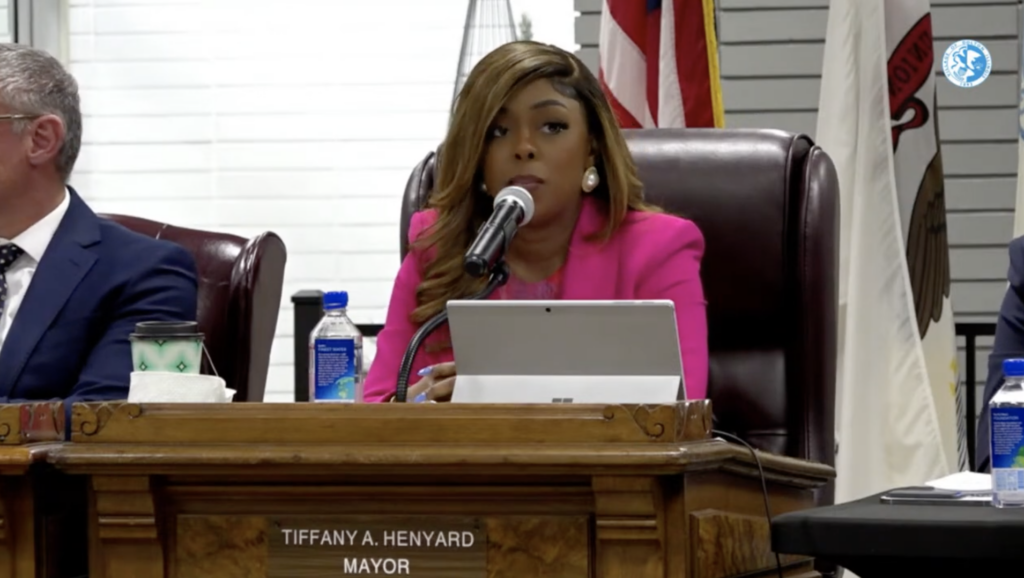Billionaire donates $500M to ‘End Coal’ campaign.
Billionaire Philanthropist Pledges $500 Million to Transition US to Renewable Energy
In a bold move, billionaire philanthropist and former New York Mayor Michael Bloomberg has pledged $500 million to shift electricity production in the United States to wind and solar energy, while shutting down coal and gas-fired plants. This generous donation from Bloomberg Philanthropies aims to accelerate the clean energy transition and achieve the goal of 80 percent renewable electricity generation. With over 70 percent of the country’s coal fleet already retired or closed, this next phase will mark the closure of every last U.S. coal plant.
However, some experts are raising concerns about the potential risks associated with this transition. Physicist and energy analyst John Droz warns that promoting renewables as a solution is scientifically unproven and could destabilize America’s power grid, leading to long-term outages. Energy expert Steven Milloy also cautions that the rush to transition to renewables is taking us down a dangerous path.
Germany’s experience with its ”Energiewende” (energy transition) serves as a cautionary tale. Despite investing hundreds of billions of euros in wind and solar facilities, Germany’s electricity production has remained flat, while the cost of electricity has skyrocketed. Wind and solar have significantly lower capacity factors compared to nuclear or fossil fuels, meaning they don’t generate as much electricity as their capacity suggests.
Germany’s energy transition has also resulted in an unreliable electric system and higher costs for consumers. The closure of coal and nuclear plants has left the country vulnerable to weather fluctuations and dependent on neighboring countries for power. The United States is now following a similar path, with coal and natural gas plants accounting for the majority of plant closures. This transition is putting the stability of the electric grid at risk, as the supply of electricity must always match the demand.
Experts warn that operating the electric grid so close to its limit is a dangerous game. The potential consequences of a prolonged grid failure are dire, with estimates suggesting that a significant portion of the U.S. population could die from hunger, lack of water, and social disruption. Despite these risks, government policies are pushing utilities to transition away from fossil fuels at an accelerated pace.
While wind and solar advocates argue that these renewable sources will reduce energy costs, studies suggest otherwise. The transition to renewables has led to increased electricity bills for consumers, as seen in North Carolina and Wyoming. The cost of building a massive transmission network to connect remote wind and solar facilities to urban areas is also passed on to consumers.
Furthermore, the promise of battery storage systems as a solution to backup generation is questionable. The cost of storing energy in grid-scale batteries is significantly higher than storing natural gas, making it an inefficient and costly option.
Higher electricity prices resulting from the transition to renewables are not only affecting consumers but also driving manufacturing companies to relocate their facilities to Asia. Germany’s experience serves as a warning that heavy industry cannot sustainably operate with high power costs and decreasing reliability.
Despite the push for renewables, the reduction in CO2 emissions in the United States has been overshadowed by the rapid growth of emissions in developing countries like China and India. The environmental impact of mining and producing wind turbines and solar panels is often overlooked in green accounting.
As Europe reconsiders its transition to renewables and Asia continues to invest in coal-fired power plants, the United States is heading towards a potentially dangerous future. The rush to transition to wind and solar without proper backup systems and cost-benefit analysis is a cause for concern among experts.
What potential risks are associated with the transition to renewable energy, particularly in terms of destabilizing the power grid?
While there are legitimate concerns surrounding the transition to renewable energy, it is important to acknowledge the significant benefits that can be achieved. The shift to wind and solar energy will not only reduce greenhouse gas emissions, but it will also help create jobs and stimulate economic growth. The $500 million pledge from Bloomberg Philanthropies will go a long way in supporting this transition and accelerating progress towards a cleaner and more sustainable future.
It is crucial, however, that this transition is done in a responsible and strategic manner. The potential risks associated with destabilizing the power grid should not be ignored. It is important to invest in the necessary infrastructure and technologies to ensure the reliability and resilience of the electric system. This includes advancements in energy storage, smart grid technology, and grid management strategies to effectively integrate renewable energy sources into the grid.
Furthermore, it is essential to diversify the energy mix and not solely rely on wind and solar energy. While these sources have their limitations, they can still play a significant role in reducing carbon emissions and transitioning away from fossil fuels. Nuclear energy, for example, is a clean and reliable source of electricity with a high capacity factor. By incorporating a combination of renewable energy, nuclear power, and innovative technologies, we can achieve a more balanced and sustainable energy portfolio.
Germany’s experience serves as a valuable lesson in the challenges and complexities of an energy transition. It is important to learn from their successes and failures to avoid repeating the same mistakes. By carefully planning and implementing policies that prioritize stability and reliability, we can ensure a smooth and successful transition to renewable energy.
In conclusion, the generous pledge from billionaire philanthropist Michael Bloomberg is a significant step towards accelerating the transition to renewable energy in the United States. While there are concerns and risks associated with this transition, it is crucial that we approach it in a responsible and strategic manner. By diversifying our energy mix, investing in infrastructure and technologies, and learning from the experiences of other countries, we can achieve a cleaner and more sustainable future for generations to come.
" Conservative News Daily does not always share or support the views and opinions expressed here; they are just those of the writer."





